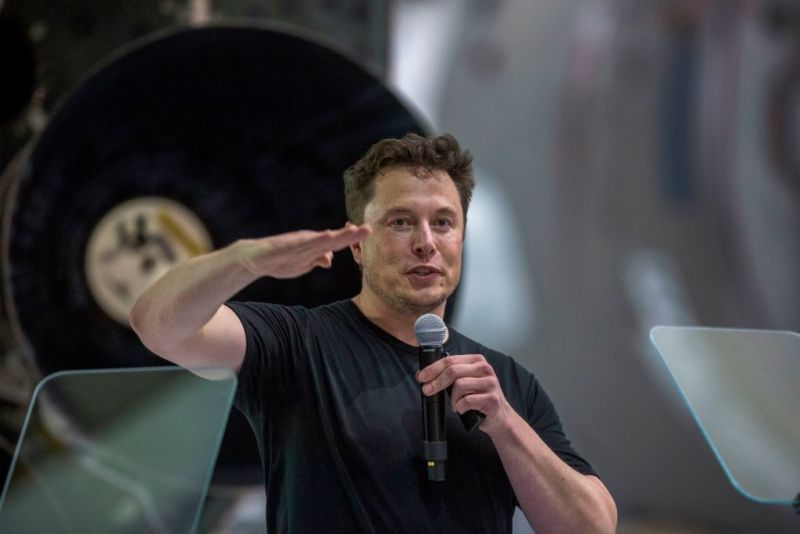
Elon Musk’s dream of customers driving their Teslas around parking lots “like a big RC car” has hit a snag, the mogul said on Twitter Thursday. The software for Tesla’s summon and remote control features was weeks away from completion, he said. However, Musk said that the remote control feature was “getting some regulatory pushback”—at least in some parts of the world. He didn’t specify which parts of the world he was talking about.
At the moment, Tesla vehicles only have a basic summon capability. Drivers can order a car to inch forward or backward using a smartphone—which is useful when squeezing into tight parking spaces. But this requires the driver to be close by and actively monitoring the vehicle.
For a while, Tesla has been working on a much more ambitious version of the feature called “Smart Summon.” As described on Tesla’s Autopilot website, it would mean “your car will navigate more complex environments and parking spaces, maneuvering around objects as necessary to come find you.” In November, Musk tweeted that a future Summon upgrade would allow Tesla’s cars to “drive to your phone location & follow you like a pet.” Musk said that this “advanced summon” technology—which may not be the same as the “smart summon” featured touted on Tesla’s website—would be ready in about six weeks.
Musk also said back in November that customers will “be able to drive it from your phone remotely like a big RC car if in line of sight.” But Musk now says that some regulators have been raising concerns about this latter feature.
“Getting some regulatory pushback” about the remote control feature, Musk tweeted on Thursday. “May not be available in all regions.”
Musk didn’t specify which regions might be affected. A Tesla spokeswoman declined to elaborate.
US regulators blessed BMW’s parking assistant feature in 2016
Tesla isn’t the first car company that has had to convince regulators to approve this kind of feature. In 2015, BMW asked the National Highway Traffic Safety Administration (NHTSA) whether its Park Assistant Plus technology—which works similarly to Tesla’s current summon feature—complied with federal regulations. Specifically, BMW was concerned about a rule that required that the brakes be depressed any time a vehicle was shifted out of park—a requirement that might be hard to satisfy if the driver was outside the car.
But in a January 2016 letter, the NHTSA gave BMW the green light. The agency reasoned that the regulations only required that the brakes be “depressed” as the car shifted out of park—not that a human foot do the depressing. BMW’s parking assistant feature automatically applies the brakes as it engages, and this was good enough for the NHTSA.
The same reasoning should help Tesla steer clear of that particular piece of federal regulation. But Tesla’s new parking assistant and remote control features are considerably more ambitious than the BMW technology the NHTSA blessed two years ago. So it’s possible that US federal regulators believe that Tesla’s technology would be out of compliance with other federal safety rules.
On the other hand, Musk’s “regulatory pushback” might have nothing to do with the US. Tesla’s vehicles operate in many countries around the world; the “regulatory pushback” Musk has experienced may be coming from abroad.
https://arstechnica.com/?p=1439331

